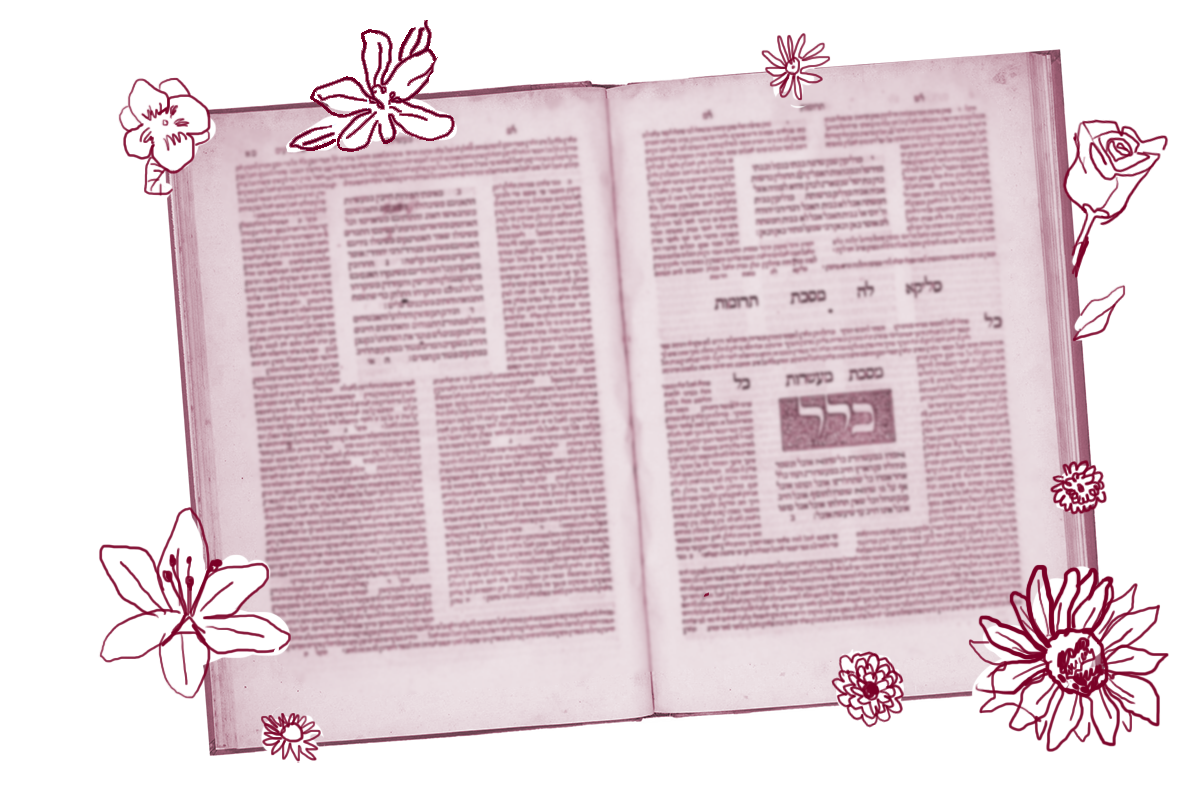The opening mishnah of the final chapter of Bava Batra says:
In an ordinary document, its witnesses are to sign inside it (on the written side of the paper). In a folded and tied document, its witnesses are to sign on the back of it.
The Gemara asks:
From where are these matters derived?
The Mishnah tells us what the law states but rarely the source from which the rules are derived. The Gemara, as it often does, opens its conversation by asking for a biblical verse in which to ground the Mishnah’s law. Rabbi Hanina has one in mind, Jeremiah 32:44: “They shall buy fields for money, and subscribe the deeds, and seal them, and call witnesses.” He explains:
When the verse states, “They shall buy fields for money, and subscribe the deeds” — this is referring to an ordinary document. When the verse states: “And seal them” — this is referring to a tied document.
In its original context, this verse imagines a future when the people of Israel will be restored to the land from which they have been exiled and feel a sense of permanence and comfort that allows them to buy and sell property. Rabbi Hanina suggests that it is also providing us with details about how these transactions should take place.
While Rabbi Hanina’s midrashic reading is similar to many others that the Talmud accepts, it’s set aside based upon the possibility that Jeremiah is giving higher-level sage advice — i.e., document your real estate transactions — rather than providing detailed instructions for how to sign those transactions.
Rafram presents an alternate verse, also from Jeremiah (32:11): “So I took the deed of the purchase, that which was sealed, the terms and conditions, and that which was open” (Jeremiah 32:11). Rafram suggests that:
When the verse states, “So I took the deed of the purchase” — this is referring to an ordinary document.
When it states, “That which was sealed” — this is referring to a tied document.
When it states, “And that which was open” — this is referring to the ordinary, unfolded part of a tied document.
Here too the Gemara rejects Rafram’s midrashic legal analysis of the verse because of the assertion that Jeremiah’s intention was to describe the events as they happened and not to establish a general legal precedent.
With no other verse in mind, the Gemara concludes that the source for this practice must be rabbinic rather than biblical. But why did the rabbis establish this rule, asks the Gemara?
There was a place where there were many priests, and they were very quick tempered, and they would seek to divorce their wives. And the sages instituted an ordinance that the bill of divorce for these people should be of the tied format, hoping that, meanwhile, their composure would be regained.
Priests are not allowed to marry divorced women, including those to whom they were married themselves. That means a priest’s divorce is irreversible. In a town of priests quick to anger and ready to divorce at the drop of a hat, the rabbis sought a way to slow down the process so that when these priests thought to rashly cast aside their wives, they would be forced to take a moment to return to their senses before completing the necessary documents.
And so the rabbis instituted the use of a folded and tied divorce document which takes longer to produce in order to help preserve the marriages of these priests. Not wanting to differentiate between bills of divorce and other documents, they instituted the same practice for other legal documents as well.
Is this truly the explanation for why the rabbis had both open and folded legal documents? There is no way to know for certain. What we do know is that the Torah does not describe what legal documents should look like and that the Talmud chooses not to see the origins of rabbinic practice in the verses of Jeremiah. I wonder what legal documents looked like in the Roman and Sasanian societies in which the rabbis lived and to what extent the norms of these worlds influenced Jewish practice. I imagine that they did. As I do, I also notice that the Talmud does not consider this to be a possibility, preferring an origin story that shows that the practice of tied and folded documents emerges to solve a uniquely rabbinic dilemma caused by a group of ill tempered priests.
Read all of Bava Batra 160 on Sefaria.
This piece originally appeared in a My Jewish Learning Daf Yomi email newsletter sent on December 2, 2024. If you are interested in receiving the newsletter, sign up here.
With your help, My Jewish Learning can provide endless opportunities for learning, connection and discovery.



